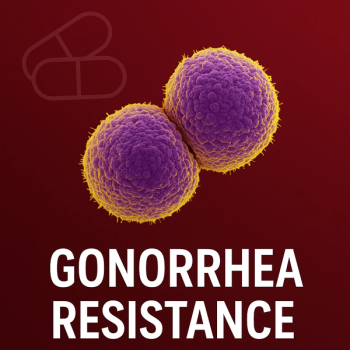
California's Plan to Improve PrEP Uptake A Model for Other States?: Public Health Watch
New legislation, cost assistance program will likely reduce transmission.
To borrow from the 1970s television program “The Six Million Dollar Man,” we can stop HIV transmission—or at least virtually so. “We have the technology,” as the opening of the show, starring Lee Majors, put it.
In the case of preventing HIV transmission, that technology is pre-exposure prophylaxis (PrEP), which comes in the form of 2 drug regimens, branded as Truvada and Descovy, respectively. And it’s been available for a while now; the only challenge has been getting it into the hands of those who should be taking it.
There are cost concerns, of course—the regimens are expensive, even with payment-assistance programs in place—and, sadly, there remains a social stigma surrounding HIV, at least in some circles.
Now, new legislation in California may be working to break down some of these barriers to access. According to a commentary published on December 26th in the
“We expect SB159 to reduce many of the barriers to PrEP uptake,” Ian W. Holloway, PhD, LCSW, MPH, a licensed clinical social worker and an associate professor of social welfare in the UCLA Luskin School of Public Affairs, told Contagion®.
Holloway also serves as a principal investigator with the California HIV/AIDS Policy Research Centers (CHPRC), and there are 2 recent reports from this group support his statement. In the
The
“In many cases, these are the communities most disproportionately affected by HIV in the state,” Holloway noted. According to Holloway, CHPRC will be monitoring “what PrEP uptake will look like” among Medi-Cal beneficiaries in the aftermath of SB159, but he hopes and expects it will increase.
It should be noted here that the legislation augments the state’s PrEP
“SB159 was the direct result of hard work and grassroots efforts from groups such as the HIV Alliance and the San Francisco AIDS Foundation, and we’d like to think that some of the work we’ve done helped pushed the bill through as well,” Holloway said. “Improving PrEP uptake will not only save lives. It will reduce overall health care costs. We hope other states will look to California and see the success of these programs and try to replicate them.”
If they do, we’ll not only have the technology, but the wherewithal, to finally end the epidemic.
Newsletter
Stay ahead of emerging infectious disease threats with expert insights and breaking research. Subscribe now to get updates delivered straight to your inbox.


















































































































































































































































































